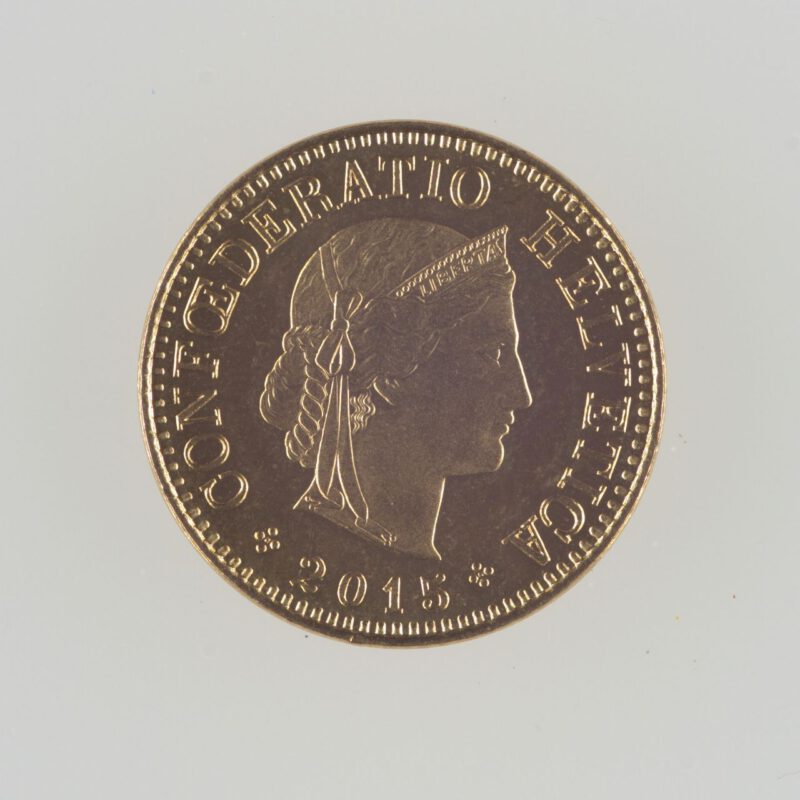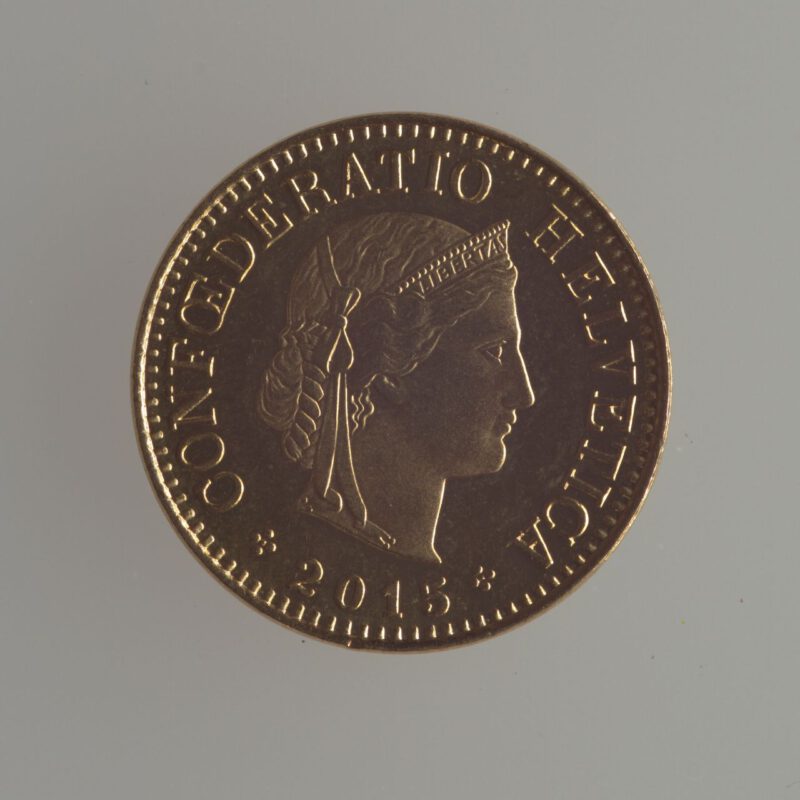Professional scanners should have a lighting system that provides uniform and gentle illumination and can adapt variably to a wide variety of originals, depending on the specific requirements. In addition, the light sources should be glare-free as well as UV/IR-free, so that there is no radiation exposure for the user in accordance with EN60825-1.
LED lighting unit: Less is more!
All our book2net scanners are therefore equipped with a LED lighting system as standard, which provides a stable color temperature during the scanning process and thus guarantees true color reproduction. When using conventional LED light bands, different luminous intensities also occur in due to the different light paths on the surface, depending on the position of the light source. Therefore, we use only Fresnel lenses, which compensate for this process and provide uniform illumination of the entire scan area.
Thanks to the CMOS sensor technology we use and innovative process optimization, our scanners operate with an extremely reduced illumination time of 0.6 sec. This guarantees particularly gentle recording of originals with the lowest light requirement to avoid irretrievable damage to paper, ink and colors that can be caused by excessive light intensity.
In addition, we have optimized the design of our devices to ensure the best possible illumination and to assure constant scan quality:
The elegant black design of our scanners prevents annoying back reflections.
The rear-mounted lighting system and optimized housing curvature provide the optimum angle of light incidence to avoid uncontrolled reflections into the optics caused by the curvature of the side.
All of our lighting units are customized for specific applications as fixed components of our high-quality systems.
Additional lighting: optimal illumination for large formats and precious old books
Large formats and particularly valuable old books with waved surfaces, special inks, gold grounds and gildings require more than standard illumination.
To meet these special requirements, we have developed auxiliary lighting for our Ultra, Flash, Mosquito, Hornet and Cobra production scanners that can be integrated, mounted or controlled externally as required. The additional lighting can be easily synchronized with the integrated scanner lighting via a light control module. This ensures optimum shadow- and reflection-free illumination.
Sided light: individual illumination for special requirementsn
Some of our devices such as our reprographic systems and book2net Archive Pro scanners also feature individually controllable back and side lighting units to enable application-specific lighting scenarios.




Lighting scenarios with book2net reprographic system to highlight different features on a coin.
Advantages of the book2net lighting system:
Modern, LED lighting concept (UV/IR and ozone free, according to EN60825-1)
Glare- and flicker-free light (no flash effects)
Low energy consumption < 100 W
Stable color temperature of 5500 Kelvin
Lowest light intensity; controllable from 1000 to 3500 lux
LED lighting units individually adjustable and controllable according to special requirements
Unique Fresnel lens concept for uniform illumination of originals
Continuous regulation of the light emission angle
Additional illumination (optional)
Extremely long service life (10,000 working hours)

